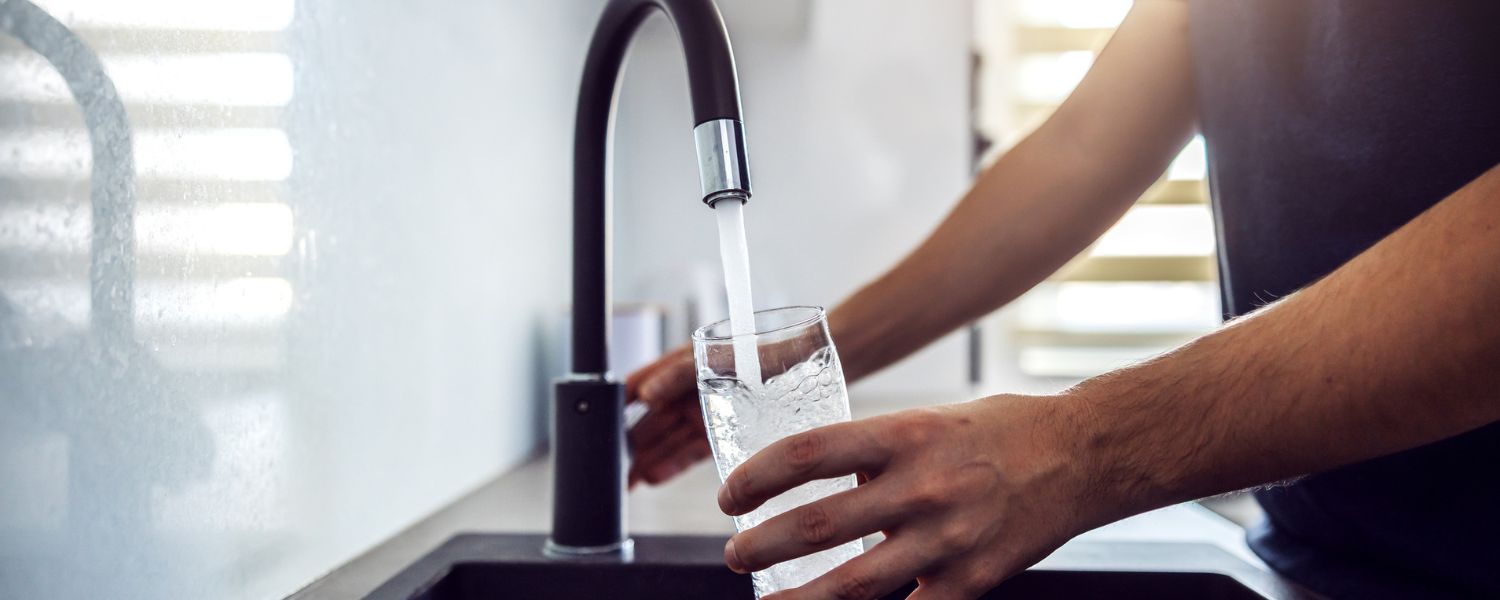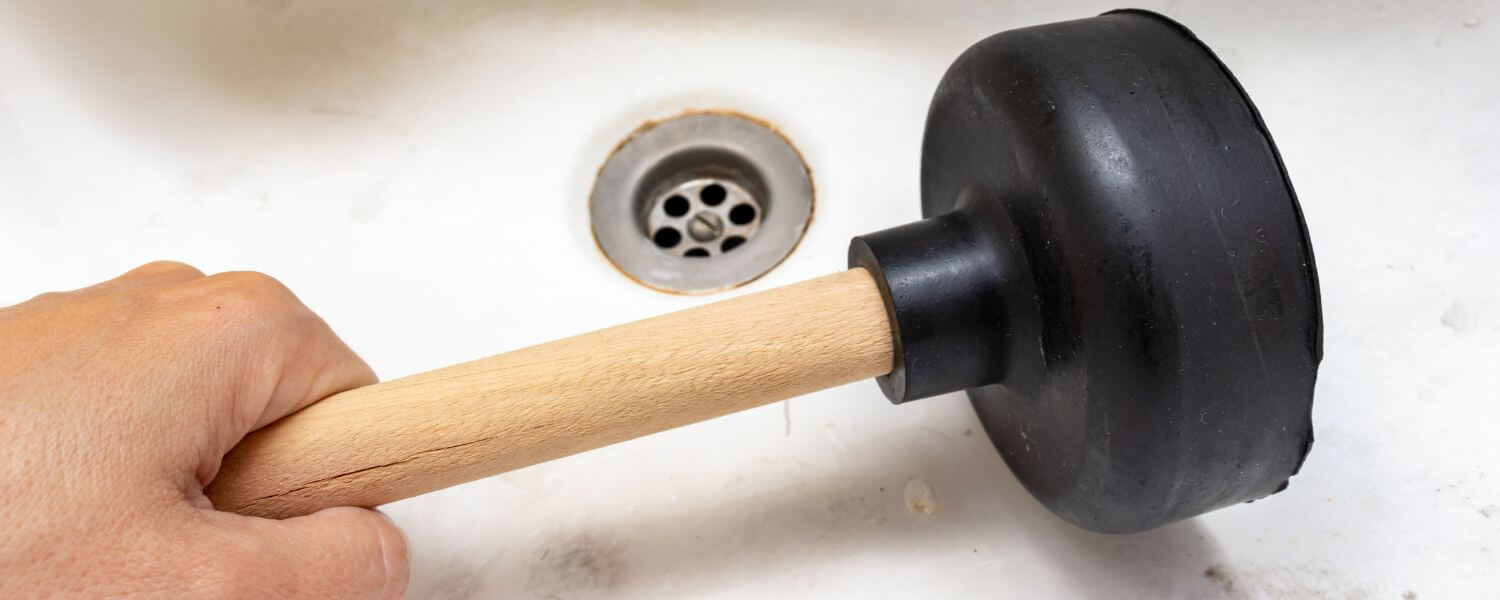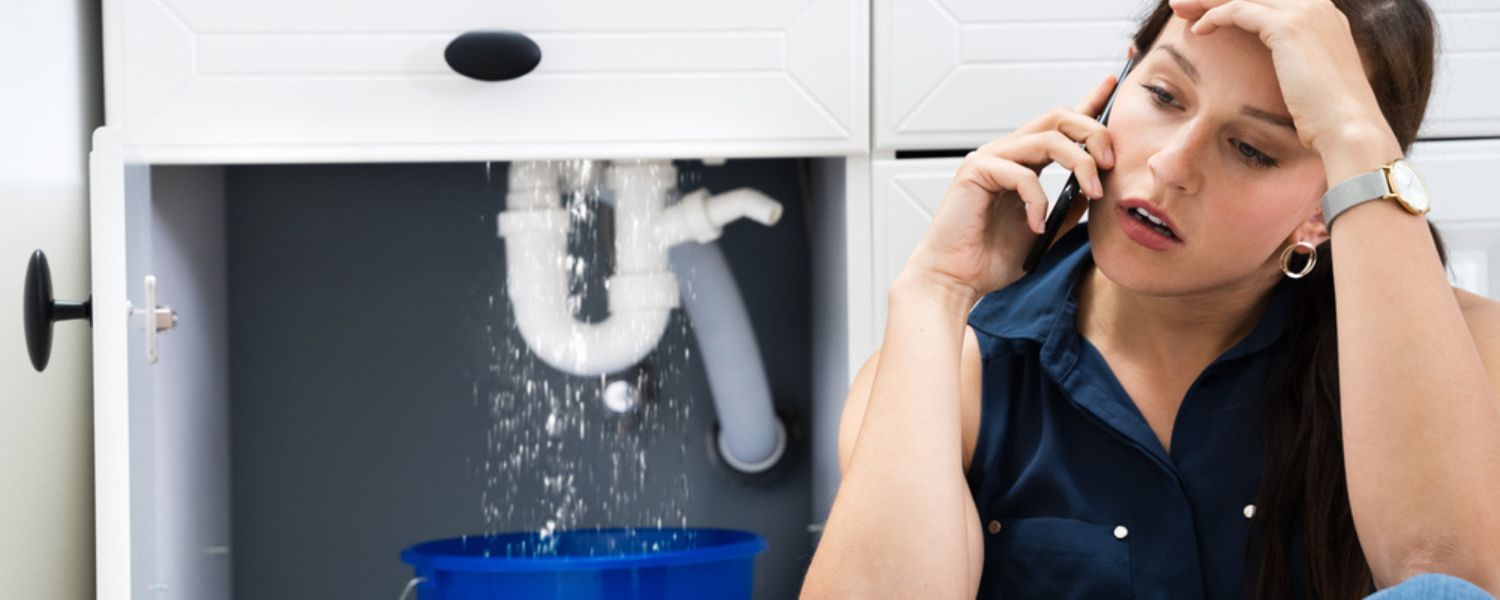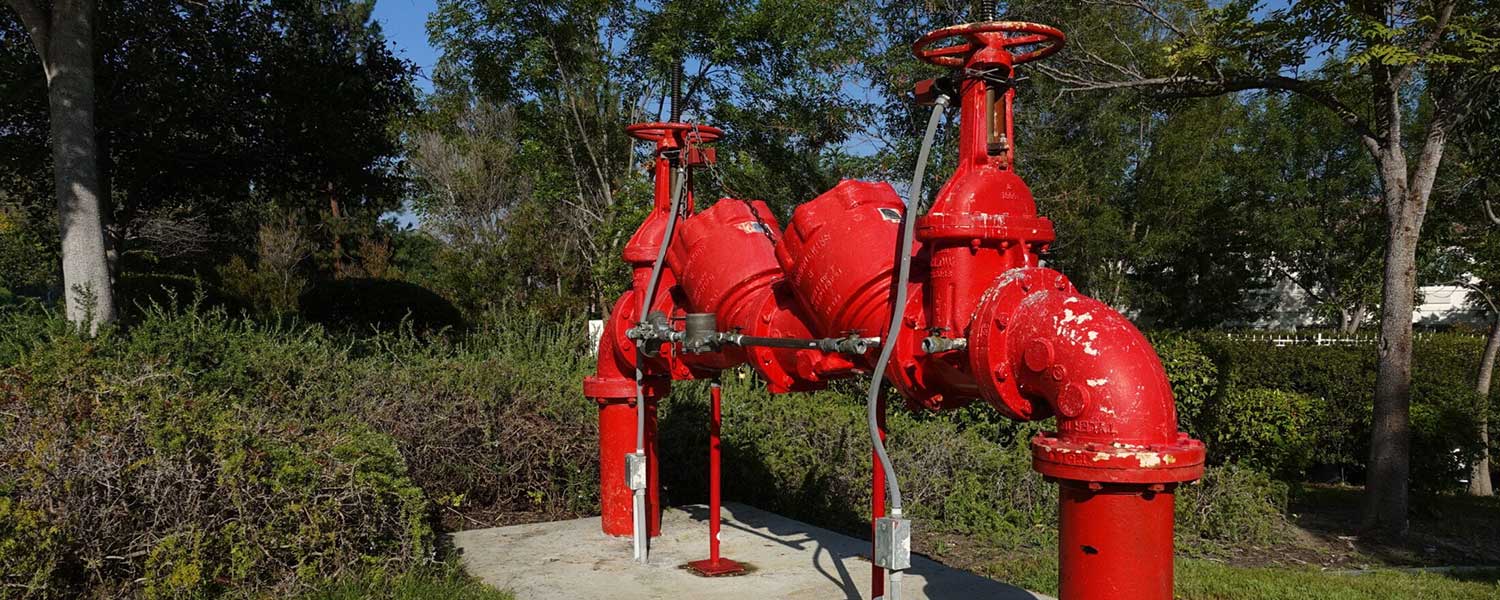Carbon filtration systems are the most effective method of removing contaminants from your homes water supply. Because carbon can absorb large amounts of volatile organic compounds (VOC), it is the perfect solution for homeowners looking for clean, pure, fresh water from tap water.
Most customers only think of drinking water when it comes to water filtration, but the same water filled with contaminants is used to wash clothing, showers and bathing, brushing teeth, cleaning, and cooking. A whole house carbon filtration system will deliver safe water for all homeowners’ purposes.
Activated carbon works by absorption. Polluted molecules in the water get trapped by the active carbon pore structure. Activated charcoal carbon particles provide a large surface area that enables them to capture large amounts of volatile organic compounds (VOC’s), organic chemicals and contaminants, while improving taste and removing odor. Click here to check out a video on how whole home water filtration works.
How a Carbon Filter Works?
A sodium ion exchange water softener works in 4 steps.
Step 1: Resin Tank
In step one, the water is back washed into the resin tank. It is filled with millions of bead-like molecules that have divers. The water goes in and is essentially scrubbed by the beads, leaving the magnesium and calcium attached to the divers.
Step 2: Brine Tank
The brine tank flushes the water and goes back into the resin tank where the beads are regenerated for the next round.
Step 3: Rapid Rinse
The water goes through a rapid rinse cycle removing any trace sodium, and is then delivered into the homes water system.
Ste 4: Regeneration
The process is repeated, and the ions are regenerated in the resin tank.
Activated carbon filtration systems plus water softening creates the best possible quality of water (including taste and odor) for a home. Together, they protect the homes plumbing lines and fixtures, deliver unparalleled taste and freshness, and leave skin and glassware clean and free of San Diego’s hard water.
What is in Your Water?
San Diego has the 9th worst water quality in the nation. We import 80 percent of our water from a few different sources including the Los Angeles Aqueduct, the Colorado River, the State Water Project in Northern California, and local supply and conservation.
The imported water supply goes through a “cleaning” process in various water treatment plants. Water purification from the groundwater sources goes through several processes to ensure the delivery of safe drinking water. Treatment facility activities include coagulation, flocculation, and sedimentation to remove heavy particles. After water purification, the water is filtered to remove smaller particles that are known to be harmful. Carbon filtration is the most effective method of removing the chlorine and other particles that remain after these processes.
Because the water San Diego uses comes from sources that include VOC’s and other particles, treatment to remove these are performed to get the water safe for use.
Coagulation and flocculation are the first steps in this process. Chemicals are added to the water to form a positive charge. This neutralizes the negative charge of dirt and other particles, binding them to form larger particles called floc.
Sedimentation happens as the large floc settles to the bottom of the water. Once the floc has settled, the clean water passes through several water filters including sand, charcoal, and gravel, removing dissolved particles and dust, bacteria, viruses, and chemicals. These different water filters can be considered various types of a sediment filter.
The drinking water is then disinfected; some sources treat by ozone, but most treat the water by adding chlorine and ammonia, which forms chloramines. Although it is technically “safe” to drink meeting EPA requirements, the water is full of VOC’s and chloramines.
Whole House Activated Carbon Filtration
How do water filtration systems work? Applying this question to our topic on carbon filtration, whole house carbon filtration systems flush the homes water supply through active charcoal carbon. The carbon filter is hooked up to the incoming water and can be set to filter on its own. The system is self-cleaning, set to an automatic timer when installed, and requires zero maintenance from the homeowner.
Water is filled into the tank with the activated carbon. The carbon “scrubs” the water supply for the appropriate amount of time, and then the water is delivered to the home’s supply.
Whole house water filtration is simple, easy to maintain, and one of the best investments a homeowner can make. With a whole home carbon filtration system, homeowners can drink water from any tap, getting gallons of bottle quality water. The savings on purchasing water bottles or water delivery services will pay for the system in a couple of years (or less) depending on how much water families consume, and will last well over 10 years.
So, what are water filtration systems? A whole home water filtration system using granulated activated carbon helps to minimize the sediment and heavy metals that adds to water supply lines corrosion and wear and tear. It does not soften the water or affect the flow rate within your home, but it removes some of the impurities from the water being delivered from the city.
Sediment and heavy minerals in the water are some of the main culprits in leaking faucets, worn toilet seals, burst angle stops, and leaking water heaters. Sediment and the minerals in the water eat away at these fixtures and pipes and cause them to fail before they should. It is one step in a home’s plumbing maintenance program.
Hard Water
In addition to bad tasting water and chemicals, San Diego has what is known as hard water. Water becomes hard at 7 to 8 grains of hardness per million. San Diego water is measured at 20 grains of hardness.
Hard water corrodes a home’s plumbing systems and pipes, creates sediment in water heaters that can cause leaks, makes it so homeowners have to use more soap and laundry detergent for cleaning, and creates those frustrating spots on shower doors and freshly washed glassware.
Water Softeners
One option many San Diego homeowners choose when designing the highest quality of water for their home is a water softener. The only way to soften hard water is by removing calcium and magnesium through a sodium ion exchange water softener.
Many companies advertise water conditioning systems, but they are not the same. Water conditioning systems do not remove the magnesium or calcium; the molecules simply become altered through various methods. A water softener can only be called a softening system if it is designed to remove those minerals.
A common misconception about sodium ion water softeners is that the water contains large amounts of sodium. In fact, the brine tank is used as a regeneration for the softener, and does not go directly into the homes water source. The Mayo Clinic published a study that sodium-based water softeners allow less sodium into the water than what can be found in a slice of bread.
Homeowners are left with soft water that is great for their homes plumbing system and skin. As an added bonus, there will be less waste in detergents and soap use, as water that has been softened allows smaller amount of soaps and detergents to be used with greater effectiveness.
Bill Howe Plumbing water treatment specialists recommend this combination for the ultimate in-home tap water. Call 1-800 Bill Howe (245-5469) today for a free estimate on whole house carbon filtration and a water softener.




